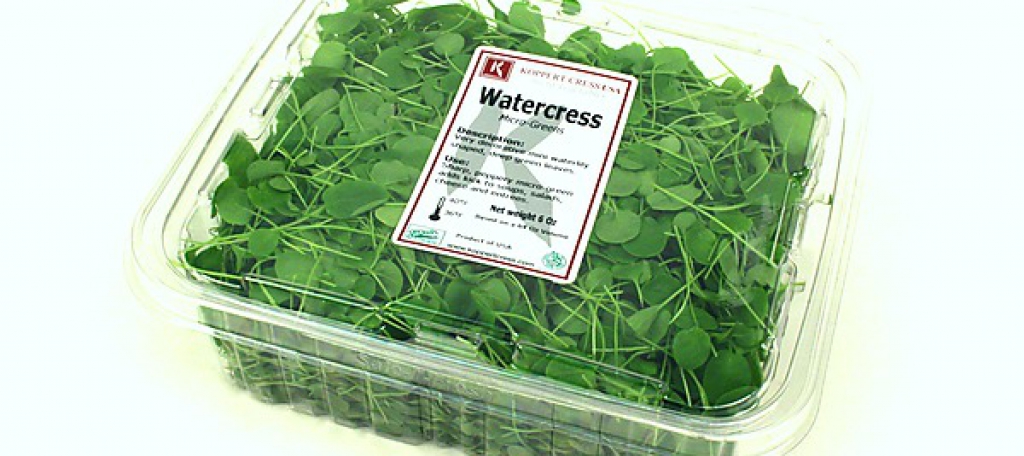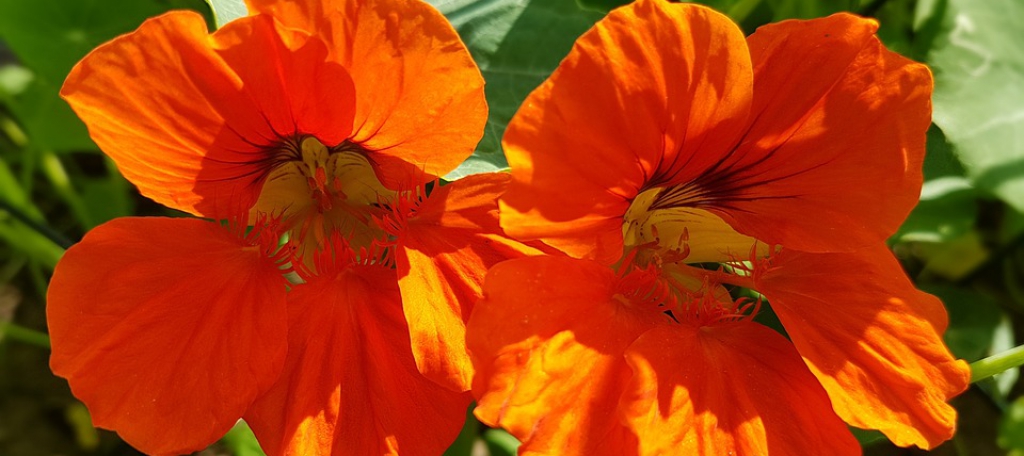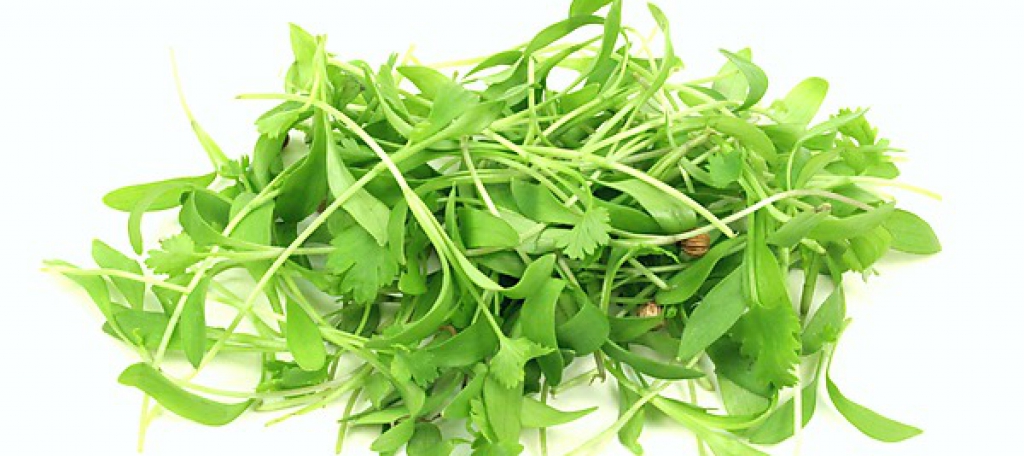
Micro Watercress
Genuine, Peppery
Quick Facts
-
Species Name
Greens
-
Latin Name
Nasturtium officinale
-
Origin
Southwestern Europe
-
Harvest Method
Hand Cultivated
-
Range & Habitat
Europe
-
Producer
SFS Partnership

Range & Habitat
SFS Partnership
SeafoodS.com takes the upmost pride in bringing locally-minded fisheries to your guests. Whether our products are shipped from Fishermen, Ranchers, Foragers, Artisans or Importers, it is our passion to deliver excellent product through perfect service to you and your guests.
You Might Also Like These
Crisp
Red Veined Sorrel is one of the most attractive herbs with its lime-green leaves with dark red veins. These versatile leaves are velvety and crisp, perfect for salads, soups and entrees. History Red Veined Sorrel is indigenous to Europe as well as Asia. This plant has dark-red stems and veins, suggestive of dripping blood. The botanical epithet is from the Latin sanguineus meaning "blood-red". Sorrel is a cleansing herb that has been used for culinary and medicinal purposes. Sustainability & Food-Safety Red Veined Sorrel is cultivated in a socially responsible manner using environmentally friendly biological crop-protection systems. Grown in an ultra-hygienic and sustainable environment, Red Veined Sorrel is produced under strict HACCP guidelines and only need to be rinsed under water.

Peppery, Spicy, Sweet
Yellow, golden, orange, brick-red, cherry-pink, salmon, crimson, and dark mahogany. They pair nicely with sweeter greens and add a refreshing bite to classic salads with potatoes, eggs, or seafood. Tip: to perk up the flowers, keep them in a small vase with water. History Nasturtium flowers have delighted gardeners and cooks alike for centuries. At different times in their history, they’ve been considered a vegetable, an herb, a flower, and even a fruit. Renaissance botanists named it after watercress, (Nasturtium officinale in Latin) which tastes similar. During the Victorian era, Nasturtium flowers were eaten to prevent scurvy since they are rich in Vitamin C. Health Benefits Nasturtium Flowers contain mustard oil, which has been used as a natural antibiotic. They can be chewed to soothe a sore throat and to ward off colds and flus. The flowers have also been known to alleviate respiratory congestion and to stimulate the digestive system. The flowers are cultivated in a socially responsible manner using environmentally friendly biological crop-protection systems.

Citrus, Ginger, Wild Cilantro
Our partner grows their specialties according to strict HACCP food safety guidelines, in a socially responsible culture with biological crop protection. Their microgreens are packed in Safe-T-Fresh™ tamper evident clamshells, ensuring freshness and incomparable food safety.